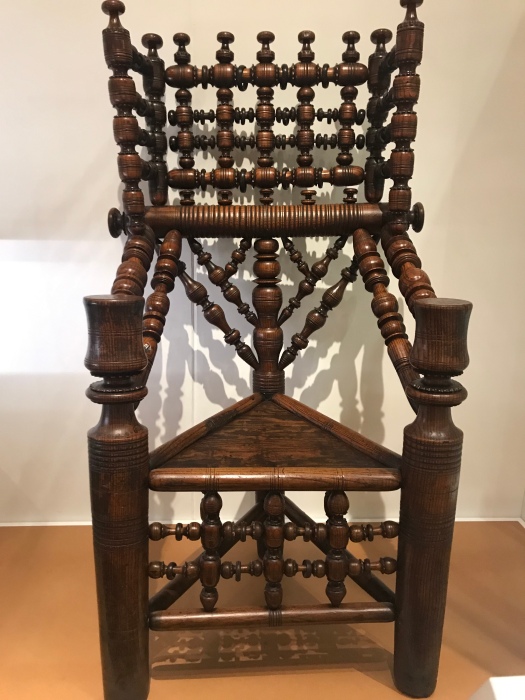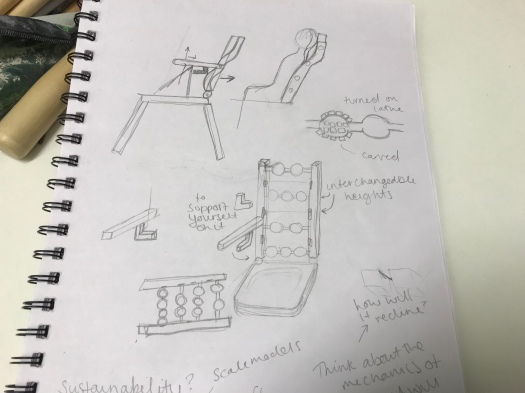Rethinking my idea.
Originally I had planned for the sections of my massager to be held together by vessel clamps, however after some research the specific clamps I wanted were going to cost me £30 a clamp. So I decided to look for cheaper alternatives I came across some exhaust clamps which I bought to test my idea. The clamps were £5 each which doesn’t seem like a lot until I realised my design needed 20 and being a student I don’t really have £100 lying about. Going back to the drawing board I had a tutorial with huw and he suggested some alternatives to the clamps as he felt they might be a little overkill. 
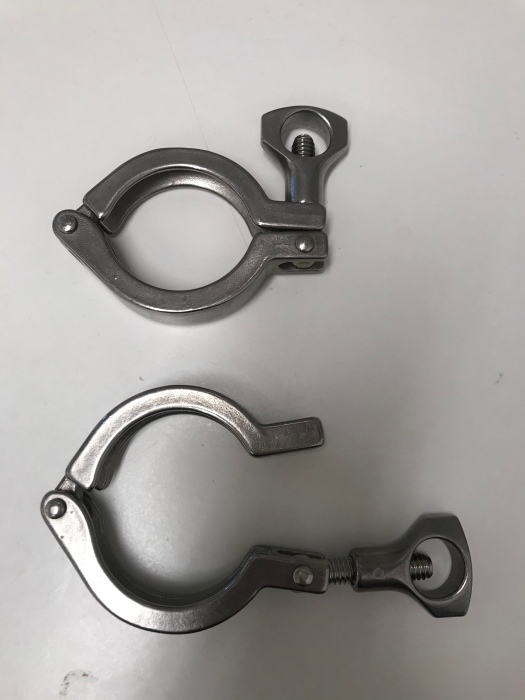

He talked to me about laminating veneers that can be vacuum bent 
You start by gluing multiple layers of veneer together
 then you decide what shape they need to be a create a mould
then you decide what shape they need to be a create a mould 
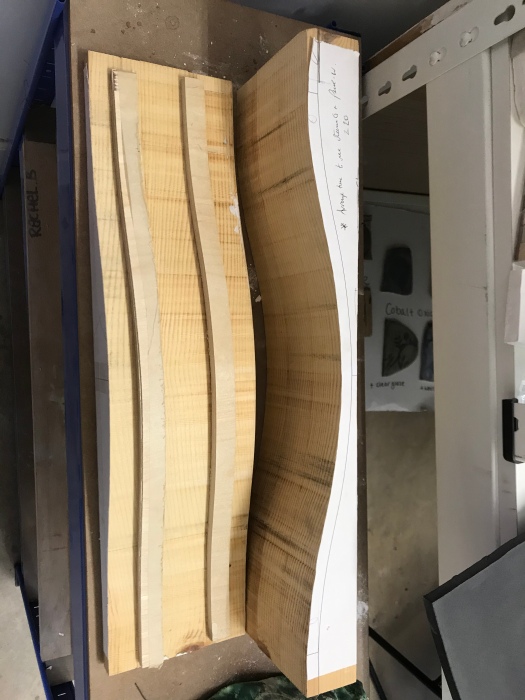
The piece of wood are then placed into the mould and then placed in a vacuum bag where the wood bends to the shape of the mould. This allows the wood to bend and retain the shape you want.
He talked about using this method to create the structure of my piece and then using some kind of flexible material which would allow the bearings to clip into it
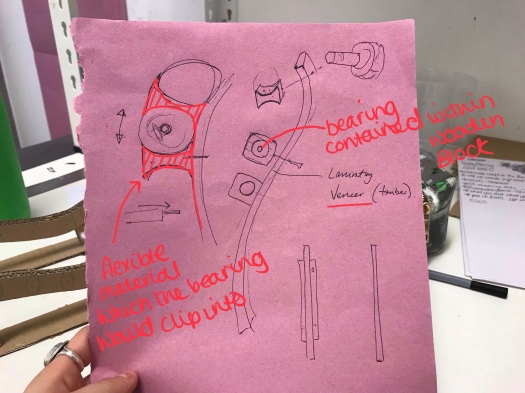

At first I was a little bit concerned with this idea of using a flexible material s I haven’t used a lot of plastic and I feel like I wouldn’t have enough time to research which material would be best for the job and create a prototype in time for the deadline. However I did use one of the designs and adapt it to wood. I found this tutorial extremely insightful as it opened me up to new techniques and from the discussions I came up with a different but more cost effective design for my massager.


I have also decided to shorten the length of my massager, when looking at the lengths of the spine I looked at the measures from the very top of the spine (cervical) to the very bottom (coccyx and sacrum), however the the coccyx and sacrum are tucked in at the bottom of the spine therefore the massager would be no good. I have decided to use average measurements from the cervical to the lumbar region.









 This third one is slightly similar in design but you can see the obvious problem that it is difficult to massage the lumbar section of the back due to its shape.
This third one is slightly similar in design but you can see the obvious problem that it is difficult to massage the lumbar section of the back due to its shape. 

